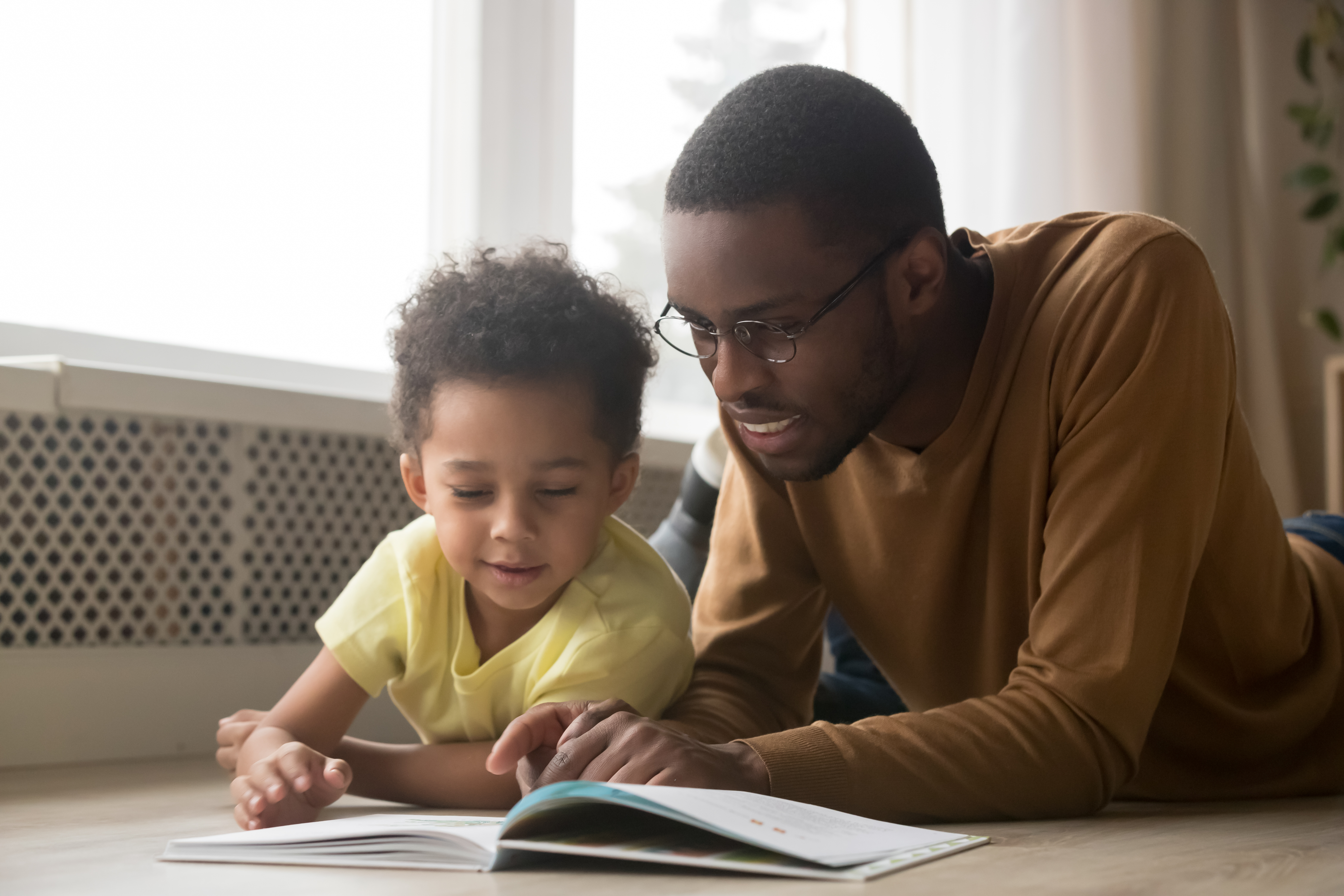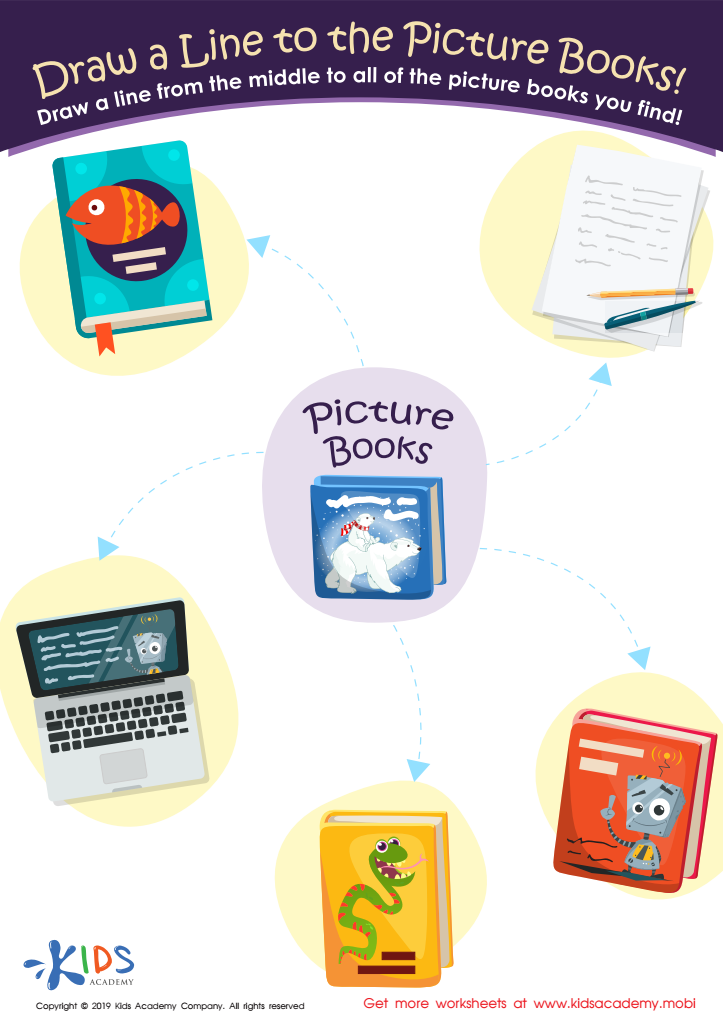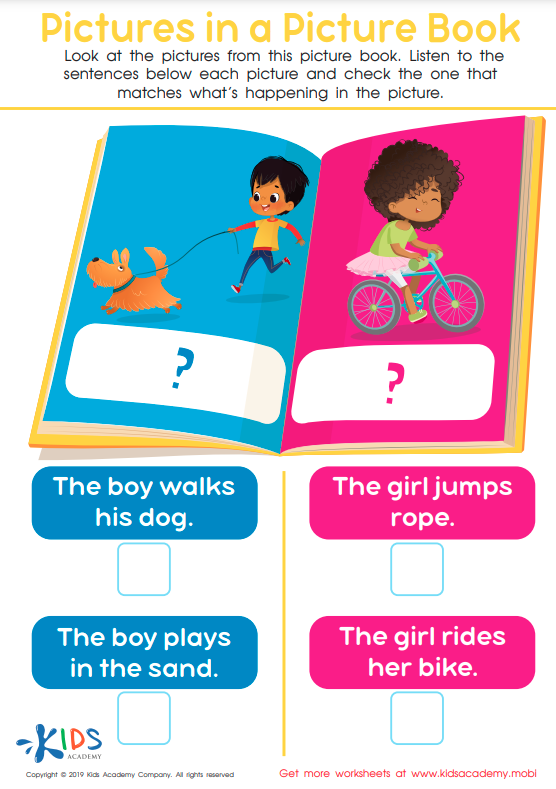-
English
-
English Pre-K
-
Unit 1: Early Literacy Skills
-
ABCs
- Pre-writing Activities
- Letter A
- Letter B
- Letter C
- Letter D
- Letter E
- Letter F
- Letter G
- Letter H
- Letter I
- Letter J
- Letter K
- Letter L
- Letter M
- Letter N
- Letter O
- Letter P
- Letter Q
- Letter R
- Letter S
- Letter T
- Letter U
- Letter V
- Letter W
- Letter X
- Letter Y
- Letter Z
-
Phonological Awareness
- Rhyming Words
- Letter Sounds B, C, D, and F
- Letter Sounds G, H, J, and K
- Letter Sounds L, M, N, and P
- Letter Sounds Q, R, S, and T
- Letter Sounds V, W, X, Y, and Z
- Letter Sounds A, E, and I
- Letter Sounds O and U
- Beginning Sounds
- Matching Letters to Sounds
-
ABCs
-
Unit 2: Vocabulary
-
Common Words
- Sorting Words into Categories
- Color Words
- Verbs and Adjectives
-
Sight Words
- Sight Words 'I' and 'Can'
- Sight Words 'You' and 'Like'
-
Common Words
-
Unit 3: Print Awareness
-
Parts of a Book
- Working with a Book
- Spaces Between Words
- Text and Illustrations
-
Picture Books and Poems
- Picture Book Text Features
- Poem Text Features
- Signs and Labels in the Community
-
Parts of a Book
-
Unit 4: Reading Literature
- Questions About Stories
- Discussing Stories
-
Unit 5: Reading Informational Texts
- Retelling Details in a Text
- Questions About a Text
- Connections Between Events
- Text Features
- Describing Illustrations
-
Unit 1: Early Literacy Skills
-
English Pre-K
-
Math
-
Math for Pre-Kindergarten
-
Logic and Geometry
-
Matching and Sorting
- Same and Different
- Which One Is a Little Different?
- Objects That Go Together
- Sorting by Color and Size
- Sorting The Same Group in Different Ways
- Patterns
-
Shapes
- Shapes in Our Environment
- Naming Shapes Regardless of Size
- Making Shapes in Preschool
- Comparing Shapes
- Relative Positions
- Sorting Shapes
-
Matching and Sorting
-
Early Number Sense
-
Numbers 1–5
- Counting to 3
- Counting to 5
- Arranging Objects up to 3 Objects
- Arranging up to 5 Objects
- Writing Numbers 1–5
-
Numbers 1–5
-
Numbers up to 10
- Counting to 10
- Arranging up to 10 Objects
- Number 0
- Writing Numbers 6–10
- Breaking Down Numbers 6-10
-
Logic and Geometry
-
Math for Pre-Kindergarten
Picture Book Text Features
The foot bone's connected to the leg bone. The leg bone's connected to the knee bone. The knee bone's connected to the thigh bone. This popular toddler tune shows how our bone structure is made up.
Every day, young learners are finding the organizational structure of their environment. Take time to teach the structural elements of picture books. This information will help them know how to pick books that they would be interested in.

Title
Read the title, author, and illustrator’s name with each new book. Explain that a title is not a whole sentence, but the name of a book. Teach your child how you can predict what a text is going to be about by reading the title.
Front Cover
Examine the illustration on the front cover. Introduce the term genre and explain if the book is realistic fiction, fantasy, or nonfiction. Challenge your child to make a prediction based on the clues from the front cover.
Spine
Let your child know that the spine holds the book pages together. Most book spines have the title written down the side. Show your child how to identify books on a shelf in a library or bookstore by reading the titles on the spines. Teach your child to organize books on shelves with the spines facing out.
Back Cover
The back covers of books feature different things according to the book. Sometimes they tell us a brief snippet of information about the text. Others list other books from the same author or in the same series.
Pages
Show your child the difference in durability between the cover and the pages. Practice turning pages from the corner or the side with care. Stress the importance of reading books with clean hands to keep the pages in good condition. Your child should understand that pages have pictures and a few sentences of text.
Illustrations
The illustrations in picture books carry a lot of meaning and information. Your child should be able to discuss how the illustrations contribute to the meaning. As your child is learning the concepts of print, show the difference between the words on the page and the illustrations. Explain that the author writes the text, and the illustrator draws the information. Both components work together to tell the story.
Comic Books and Graphic Novels
Many children’s book authors are turning to a more visual approach to storytelling. Graphic novels are like comics. The dialogue drives the story and speech and thought bubbles are used to convey meaning. Narration is written to set the scene and add additional information about the plot.
Putting it All Together
Discuss the parts of a book with each new title that you read. Show the connections between the book parts and comprehension. Your child is beginning to build preferences and can use this information to scan for books that suit their interests.
Children ages four and five are now old enough to begin taking care of their books. Organizing and sorting books into categories can be accomplished by reading the titles of books. Public and school libraries have identifying markers for where books should be kept. You could consider using a similar system at home with stickers or colorful duct tape to build that sense of responsibility at home.
You can follow up with some of these activities from Kids Academy.
A Quick Recap
- Teach your child the parts of a book to help them understand how to treat books and keep them organized.
- Show your child how reading the title and looking at the covers of books can help when choosing a book.
- Model correct usage of books during read aloud times.




